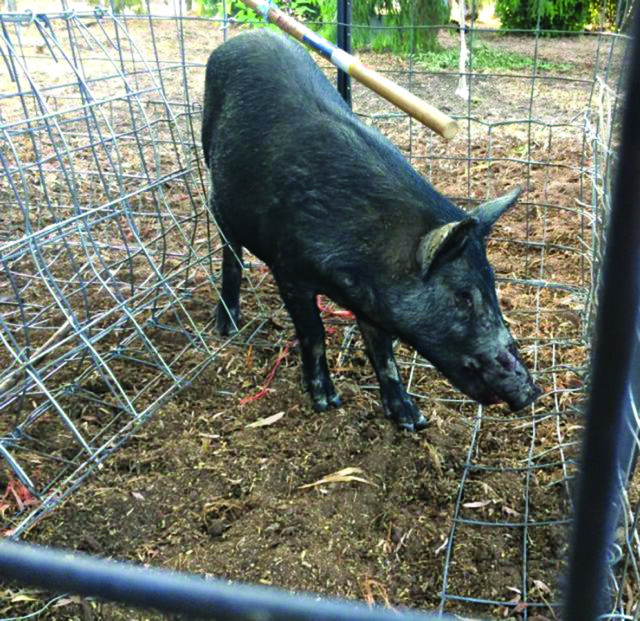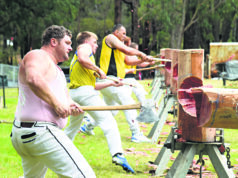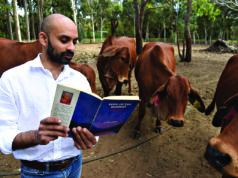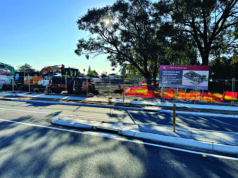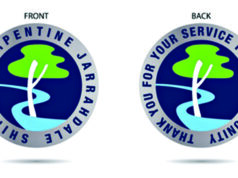A need for an integrated approach to effectively control feral pigs was the key takeaway of a workshop held last week, says Peel Harvey Biosecurity Group (PHBG) feral animal program officer Lacey Ford.
Ms Ford said the approach would need to focus on whole-mob control using all available methods including baiting, trapping and shooting.
“Using this approach, it is possible to remove the 90 per cent of the population required to reduce feral pig numbers,” she said.
“GPS tracking has revealed that pig mobs don’t move as far as you think so removing the entire mob in one trapping activity can reduce the impacts from pigs in the surrounding area significantly.”
In response to reports of heightened feral pig activity, Ms Ford said Mundijong was chosen to host a targeting feral pigs workshop.
The workshop hosted 11 parties made up of affected landholders and local pest controllers.
Ms Ford said feral pigs have existed in Australia for more than a century and could have been as early as the 1880s when domesticated pigs were introduced.
“However now they exist in such high numbers that they cost Australia over $150 million each year,” she said.
“They thrive anywhere they can access adequate water and feed sources.
“In the Peel Harvey, (feral pigs) can be found from the scarp to the coast.”

A 2020 warning from the Department of Primary Industries and Regional Development (DPIRD) cautioned about the risks of feral pigs eating human food.
“Campers, hikers, bushwalkers, fishers, mountain bike riders, rock climbers and all people who spend time in the bush are urged to put food scraps in a secure bin or take them home,” DPIRD said.
“African swine fever and foot-and-mouth disease could be introduced into Australia through feral pigs eating human food.
“There’s a significant risk that African swine fever and the devastating livestock disease, foot-and-mouth disease, could be introduced into WA’s feral pig population and be spread to farmed pigs.
“This would have serious impacts on our livestock industries and our export markets.”
Ms Ford said attendees expressed interest in coordinating control efforts across property boundaries in the future.
“As we move into summer, feral pigs will begin to search out their summer watering holes, providing opportunities for more efficient control work,” she said.
“Landholders are encouraged to reach out to the PHBG for information and assistance.”


